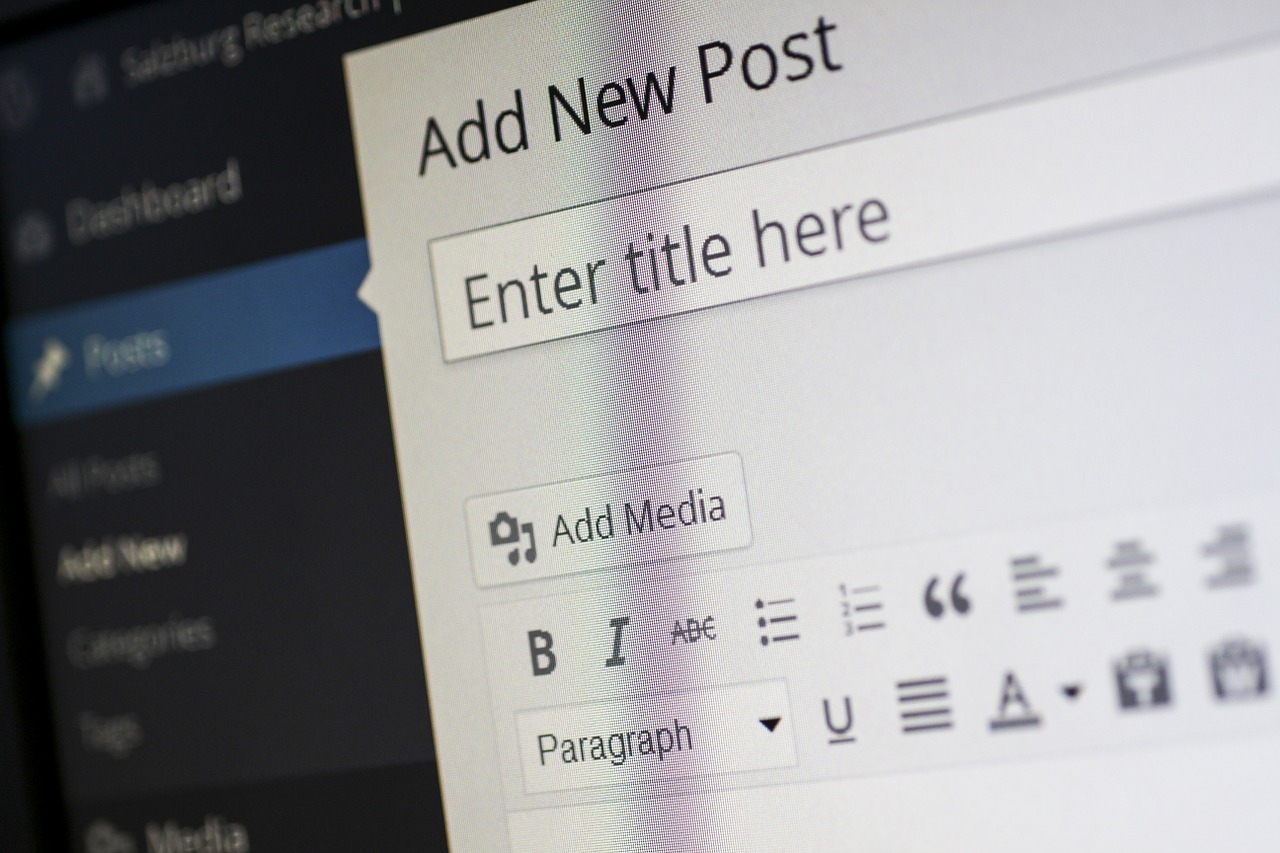What do you do when you publish a post? Check for all the grammatical mistakes, work on the title of the post and also see whether it is fit for SEO or not. Right?
Obviously you can carry these steps later as well once you publish your content. But there is a very strong drawback for the same. When you keep updating your content regularly, this action may ban your content from getting displayed on search engines. Moreover, directory listings may also get affected.
So what can be the wise step?
Make all the necessary changes before you hit the Publish button. Of course you may not know what all you need to change. So, here we have made a list of some of the common things you should cross check or bring to notice, before you take a final action.
From Content’s Perspective:
- Spelling mistakes and grammatical errors are fatal mistakes for blog, and they reduce readership due to low quality articles. So use good word processors like Microsoft Word and paraphrasing tool to avoid these mistakes. Also proof read your work and run spell checker before hitting publish.
- Limit one idea to one paragraph. By doing so, your ideas are clearer and article will be easier to digest.
- Opt and stay with one language format, whether British or American.
- After completing the post, check that the post has covered all points and none is untouched.
- Most important part of an article is its title. Striking title attracts readers to read the post. Without attractive article, no one will even bother to look at it.
- Don’t forget to add eye catching images. Graphics add style to the presentation of post and also catch attention of readers. Just imagine a plain post and a post with well formatted text with pictures.
- For navigation and readers’ convenience, put your work in proper category, so that clicking that category brings all related posts in front of readers.
Search Engine Perspective:
- Without optimizing for search engine, your efforts are useless because no one is seeing your site on search engine. What would be the benefit of your article, if it is not found on internet despite the fact that it contains the best material available online? Proper keyword research is as necessary as the content itself. Research and optimize your keywords so that vast majority on the internet can find it.
- Anchor text is vital for site wide keyword optimization. Use it in your articles.
- You have great stuff on your site. So why not use them in coming articles by interlinking? By interlinking, you have various benefits like
- Completes SEO requirement
- Engages your readers
- Reduces bounce rate
- Increases page views
- Increases time on site
Still am I supposed to tell more on interlinking?
- Also check that all links are working and no one is broken.
- Don’t forget to use “Alt” tag for images. You would receive traffic when someone searches for the images.
- If you want to rock SERP, craft Meta description by yourself instead of automating the process with help of plugin. Please note that search engine shows your Meta description for that particular page. Include your keywords in Meta description and watch the traffic spike.
- Don’t forget to optimize permalink. Remove two character words from URL. Article on URL structure is a further guide on optimizing permalinks.
Readers’ and Authority’s Perspective:
- Every blogger wants quality traffic with readers’ engagement in articles. Use different tools to engage them, like encourage for comments, participation in Polls, ask for their view on certain point etc.
- If you want to quote something from outside of your blog, use authentic sites whose authority is not doubtful. This will add value to your site and also strengthen the confidence of your readers on you.
Monetization Perspective:
- In last, if you are running any monetization program like Google Ads, or AdBright, don’t forget to include them.
Conclusion: Finally follow the above steps by SEO Magnifier while publishing your blog post to get the maximum serps improvements and traffic exposure to achieve your planned goals.

